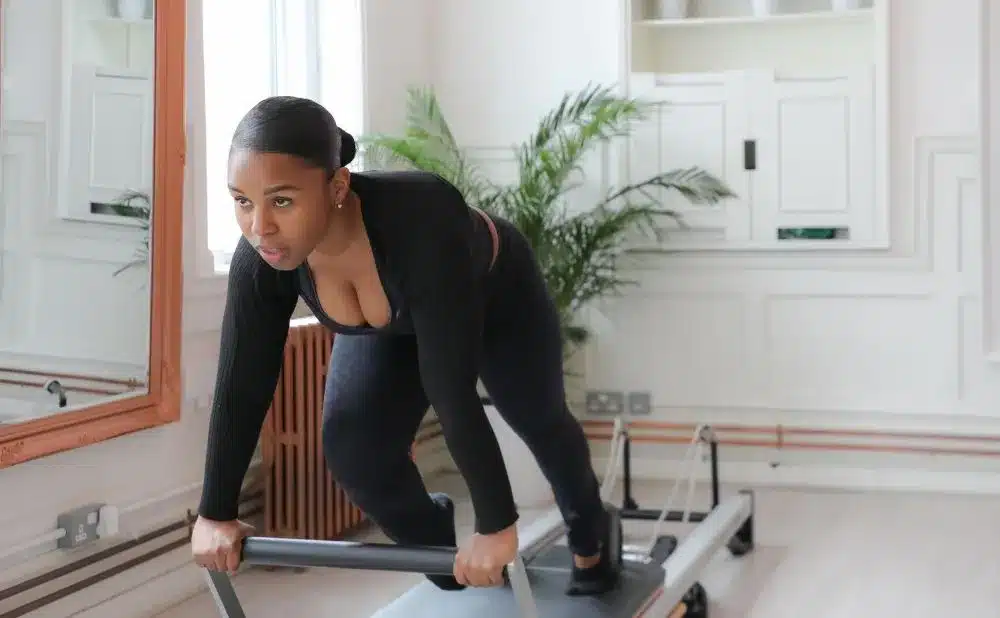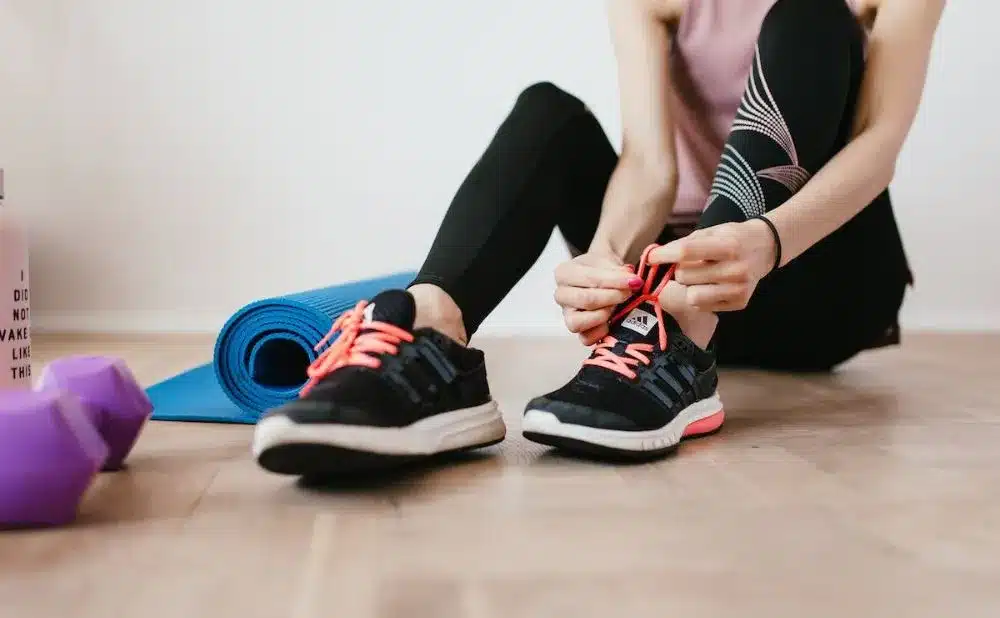Marathon training is not only physical endurance but a well-rounded approach to fitness. While running forms the core of marathon preparation, integrating complementary exercises and cross-training like Pilates can significantly enhance your training plan. Pilates, with focus on core strength, flexibility, and body awareness, can help prevent injuries, improve running form, and optimize overall performance. With Dynamic Pilates, you will find that pushing for your fitness level will positively impact your running performance. Incorporating Pilates into your cross-training portion of your plan can lead to more successful and rewarding race experiences.
The Foundations of Pilates
Pilates, developed by Joseph Pilates in the early 20th century, has core principles that align closely with the needs of long-distance runners, making it an ideal companion to marathon training. These principles include concentration, control, centering, precision, breath, and flow – all of which contribute to improved running mechanics and injury prevention.

Benefits of Pilates for Marathon Training
1. Core Strength: A strong core is essential for maintaining proper running form and stability. Pilates exercises target the deep muscles of the abdomen, lower back, and pelvis, helping runners develop a solid foundation for efficient running mechanics.
2. Flexibility: Pilates emphasizes lengthening and stretching muscles, improving overall flexibility. Increased flexibility can prevent muscle imbalances, reduce the risk of injury, and enhance range of motion during runs.
3. Posture and Alignment: Proper posture and alignment are crucial for efficient running. Pilates promotes body awareness and alignment, helping runners maintain an upright posture and reducing the strain on joints and muscles.
4. Breathing Techniques: Pilates emphasizes diaphragmatic breathing, which aligns with proper running breathing techniques. Learning to breathe deeply and rhythmically during Pilates practice can translate to more effective breathing patterns during long runs.
5. Injury Prevention: Pilates helps correct muscle imbalances, strengthens weaker areas, and improves overall body mechanics, reducing the risk of overuse injuries commonly associated with marathon training.
6. Mental Focus: Both Pilates and marathon running require mental concentration. Incorporating Pilates into your training regimen can enhance your ability to stay focused during long training sessions and races.

Integrating Pilates into Marathon Training Plans
1. Pre-Training Phase: Before officially beginning your marathon training plan, engage in a few weeks of foundational Pilates work. This phase can help you establish core strength, flexibility, and body awareness, creating a solid base for the more intense training.
2. Active Recovery: Insert Pilates sessions into your active recovery days. These sessions can aid muscle recovery, prevent stiffness, and keep your body limber between intense runs.
3. Cross-Training: Pilates is an excellent cross-training activity that complements your running routine. Integrating Pilates into your weekly schedule can prevent burnout and reduce the risk of running-related injuries.
4. Dynamic Warm-Up: Before embarking on a long run, incorporate Pilates-based dynamic stretches to warm up muscles and joints, preparing your body for the demands of running.
5. Tapering Period: As you approach your marathon, reduce your running mileage while maintaining your fitness level through Pilates. This approach minimizes the risk of last-minute injuries and helps you at the starting line feeling strong and prepared.
Incorporating Pilates into your marathon training plan can be a game-changer, for performance and overall running experience. Integrate Pilates exercises strategically throughout your training plan, and you’ll likely find yourself better equipped to handle the physical and mental demands of the marathon.
Related Articles
7 Ways Dynamic Pilates Enhances Athletes’ Sports Performance
What is Dynamic Pilates, and how is it different from other techniques of Pilates?